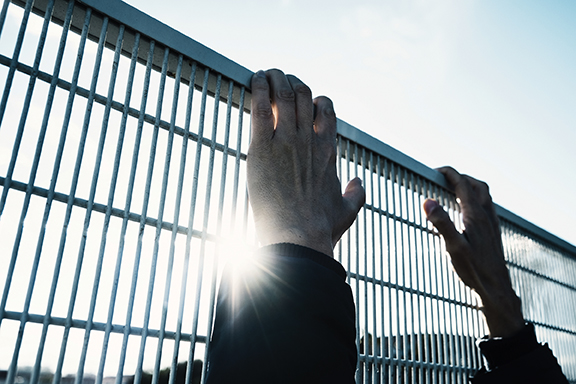By:Molly Kleinman, Summer Intern – Bolour Immigration Group
On July 15, the Trump Administration unveiled a policy that would effectively end most asylum coming from the southern border. The rule however will not just affect migration from the southern border, as many asylum seekers from Asia and Africa can also be placed in refugee camps in so-called “safe countries” as they leave their homes.
Under this rule, migrants would need to apply for and be denied asylum in the first “safe country” (also often referred to as a “safe third country”) they reach before being allowed to ask for asylum in the United States. The rule allows for exemptions in the case of “severe” human trafficking.
Most asylum claims coming from the “Northern Triangle” (Guatemala, Honduras, El Salvador) of Central America, would be blocked. Honduran and Salvadoran applicants would be forced to ask Guatemala or Mexico for asylum and Guatemalans would need to ask Mexico. Neither Mexico nor Guatemala agreed to the plan prior to its announcement.
On Wednesday, July 24, two federal judges issued conflicting decisions regarding the policy. First, a federal judge in Washington let the rule stand, but later that day, Judge Jon S. Tigar of the United States District Court in San Francisco, issued a preliminary injunction.
In his ruling, Judge Tigar explained his reasoning. “[T]his new rule is invalid because it is inconsistent with the existing asylum laws.” The judge continued, saying, “We don’t see how anyone could read this record and think [Guatemala and Mexico] are safe countries.” The facts back this claim up. The Northern Triangle Countries and Mexico make up four of the five top countries people come to the U.S. to seek asylum from.
On Friday, July 26, Guatemala and the United States announced they had come to an agreement that would force migrants to seek asylum in Guatemala should they travel through the country on their way to the United States. Initially, the deal faced great opposition. Guatemala’s highest court granted injunctions three times to block the government from signing an agreement without congressional approval. However, Trump’s threat of tariffs and a travel ban were enough to overcome opposition. The deal also authorized Guatemala additional H-2A (temporary agricultural) visas. As one of the poorest countries on the continent, it would have been difficult for Guatemala to refuse.
It is unlikely that Guatemala has the stability to offer the would be migrants safety. In a statement, the president of Refugees International, Eric Schwartz, said, “This agreement… will put some of the most vulnerable people in Central America in grave danger. Furthermore, the high court injunction still stands, obfuscating how the policy will actually be implemented.
This case is now on appeal in the Ninth Circuit Court.


